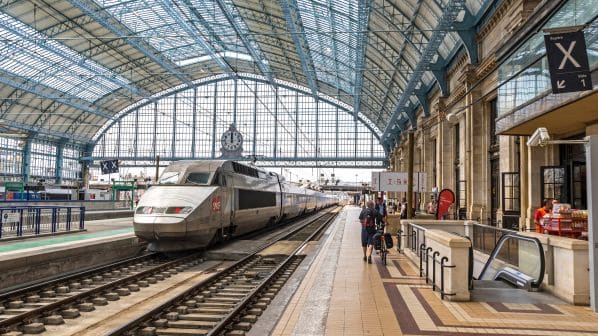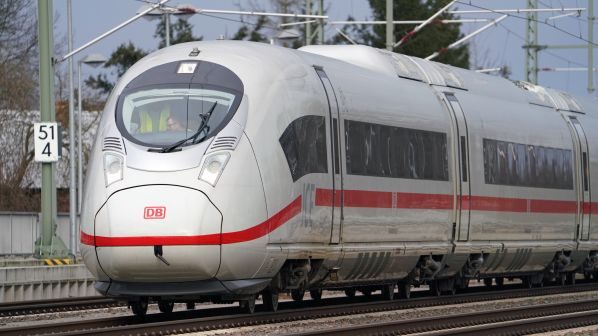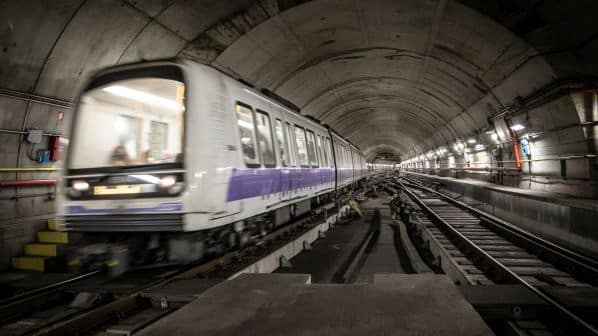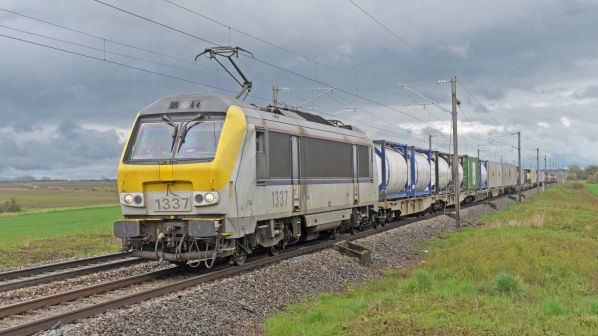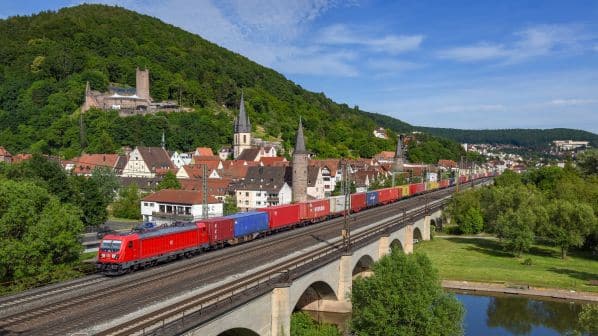THE European Commission (EC) has released the eighth monitoring report on the development of the rail market in Europe, which it says shows promising signs that European Union (EU) targets to increase rail use can be met if pre-pandemic trends continue.
The latest report includes figures from 2015 to 2020, providing a snapshot of how the sector was performing before the Covid-19 pandemic, and the effect of the first year of the pandemic.
The length of the European high-speed network increased by almost 1500km between 2015 and 2020 to 11,500km. On average, passenger-km rose by 3% a year between 2015 and 2019, but fell sharply by 46% in 2020 due to travel restrictions introduced to combat the Covid-19 pandemic.
“However, 2019 figures show promising developments in the number of passenger-km,” the report says. “Should the 2015-2019 trend in terms of increased passenger-km continue, the targets set in the Sustainable and Smart Mobility Strategy for passengers using high-speed services in 2030 and 2050 would be met and exceeded.” The strategy aims to double traffic on high-speed rail by 2030, and to triple it by 2050.
Total rail freight traffic rose from 385 billion tonne-km in 2015 to 404 billion tonne-km in 2020, including a fall of 33 billion tonne-km between 2019 and 2020. Looking at the developments between 2009 and 2019, the increase in billion tonne-km was almost 27%.
“Should this upwards trend remain sustainable with the same magnitude over the next decades, the Sustainable and Smart Mobility Strategy milestone to increase rail freight traffic by 50% by 2030 and to double it between 2015 and 2050 could be met and even slightly exceeded,” the report says.
The proportion of cross-border rail freight traffic remained consistently above 50%, showing a significantly smaller impact of the pandemic on international freight compared with international passenger services.
Road transport continues to dominate the EU freight market with a share consistently higher than 70% between 2015 and 2020. During the same period, rail’s modal share decreased from 18.9% to 16.7%, with significant differences between EU member states.
Between 2015 and 2019, in most countries, the modal share of passengers transported by rail increased slightly. However the share decreased by 2.4% in 2020 due to the pandemic, which had an impact on both demand, such as individual preferences leading to a greater use of individual means of transport, and supply, with the cancellation of some commercial trains.
Operators had 1192 active licences in 2020, an increase of 100 compared with 2018. The average market share of new entrants against incumbents in 2020 was 46% in favour of new entrants in the freight sector, an 11% increase compared with 2015, and 14% of passenger markets, a 2% increase.
The report says rail remains one of the safest modes of transport.
Rail has reduced its direct greenhouse-gas (GHG) emissions almost continuously since 1990, despite freight transported by rail increasing by nearly 10% in terms of tonne-km and passenger-km growing ed by about 35%. In 2020, rail accounted for 0.4% of both transport GHG and CO2 emissions and for 1.9% of transport energy consumption in the 27 EU member states.
The total length of the EU rail network in 2020 was around 201,000 line-km, 0.4% less than in 2015. Around 57% of the network was electrified, an increase of 2410km since 2015 and up 2.2%.
Total infrastructure spending rose from €39.1bn in 2015 to €41.8bn in 2020. In 2020, 25% of the spending was on maintenance, 27% on renewals, 28% on upgrades and 20% on investment in new infrastructure.
By the end of 2020, more than 910,000 people were employed in the railway sector, of which around 523,000 were employed by operators and 387,000 by infrastructure managers. This represents a slight fall compared with 2018 figures, with around 2000 fewer employees each for operators and infrastructure managers. On average only 22% of employees were women.
The proportion of employees under 30 working for operators rose from 8.2% in 2015 to 10.2% in 2020, but an ageing workforce continues to be a cause for concern. I 2020, on average 41.9% of staff at operators were over the age of 50. Infrastructure managers tend to have an older workforce than operators, but here the share of younger employees also rose between 2015 and 2020 from 7.9% to 9.1%.
“All in all, data in this report show that, despite the Covid-19 pandemic, rail is moving forward again, and generating more traffic,” the EC says. “However, the pace of progress is not proportionate to the climate change imperative and rail’s expected contribution to transport decarbonisation. The sector at large, with the support of member states and the EU, should build on the momentum created by the European Year of Rail 2021 and push for the much-needed transformation of rail to become the backbone of the EU’s sustainable, smart and resilient mobility system.”
The report is available here.
